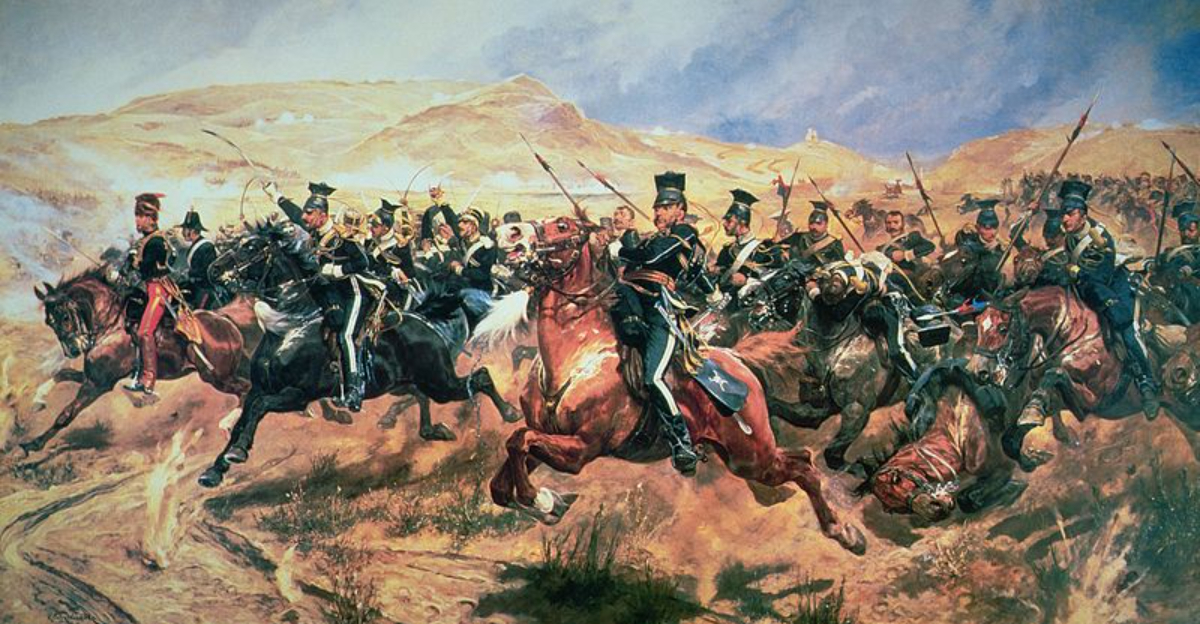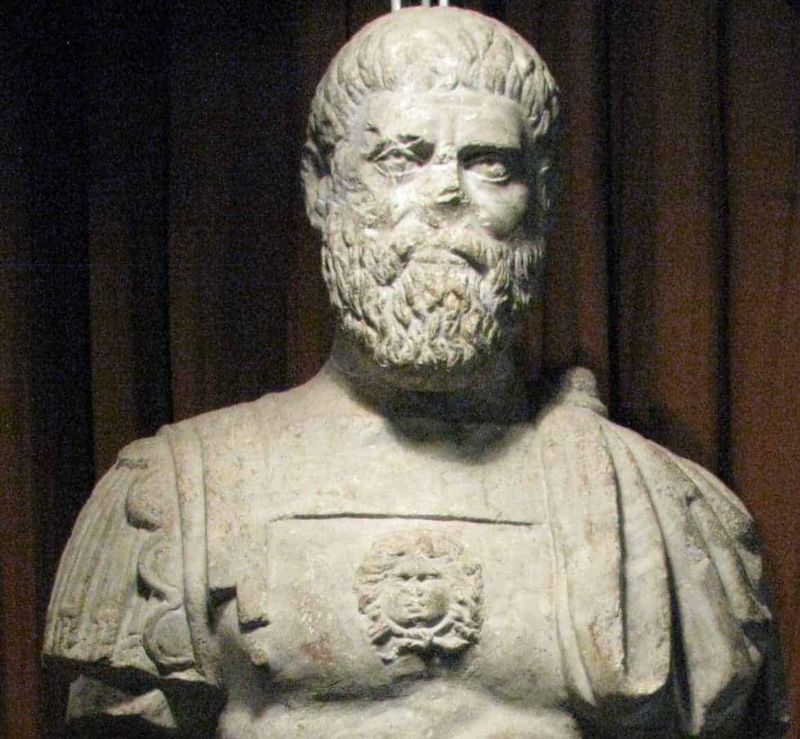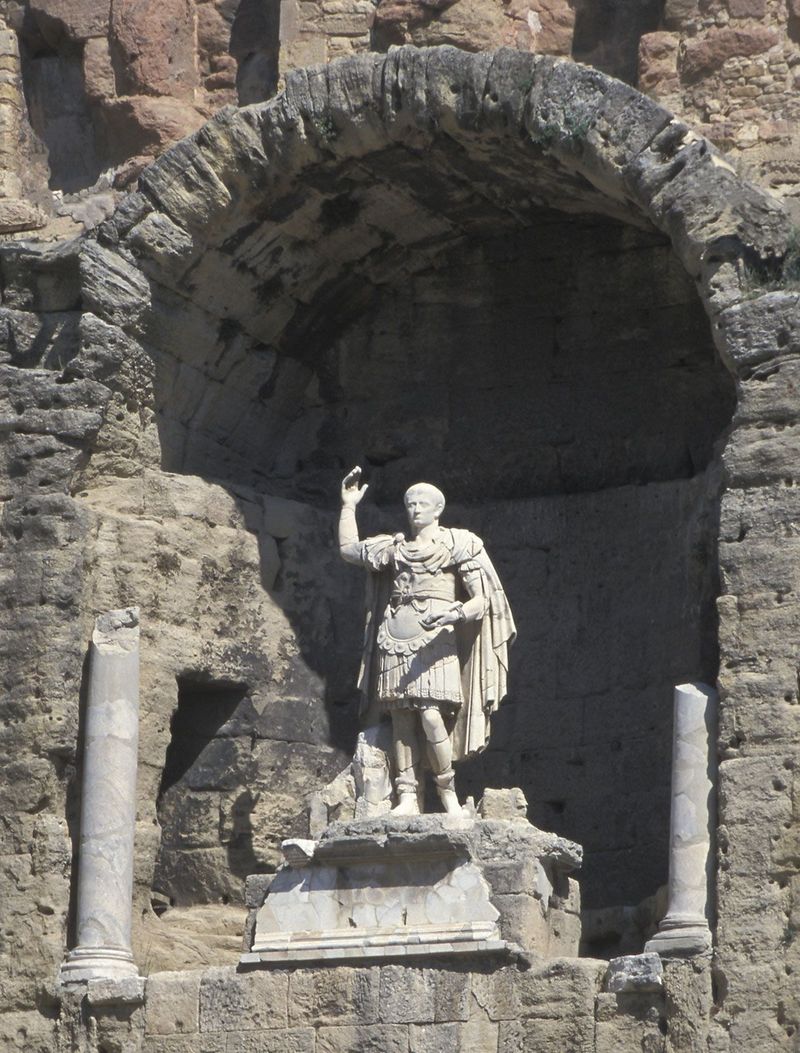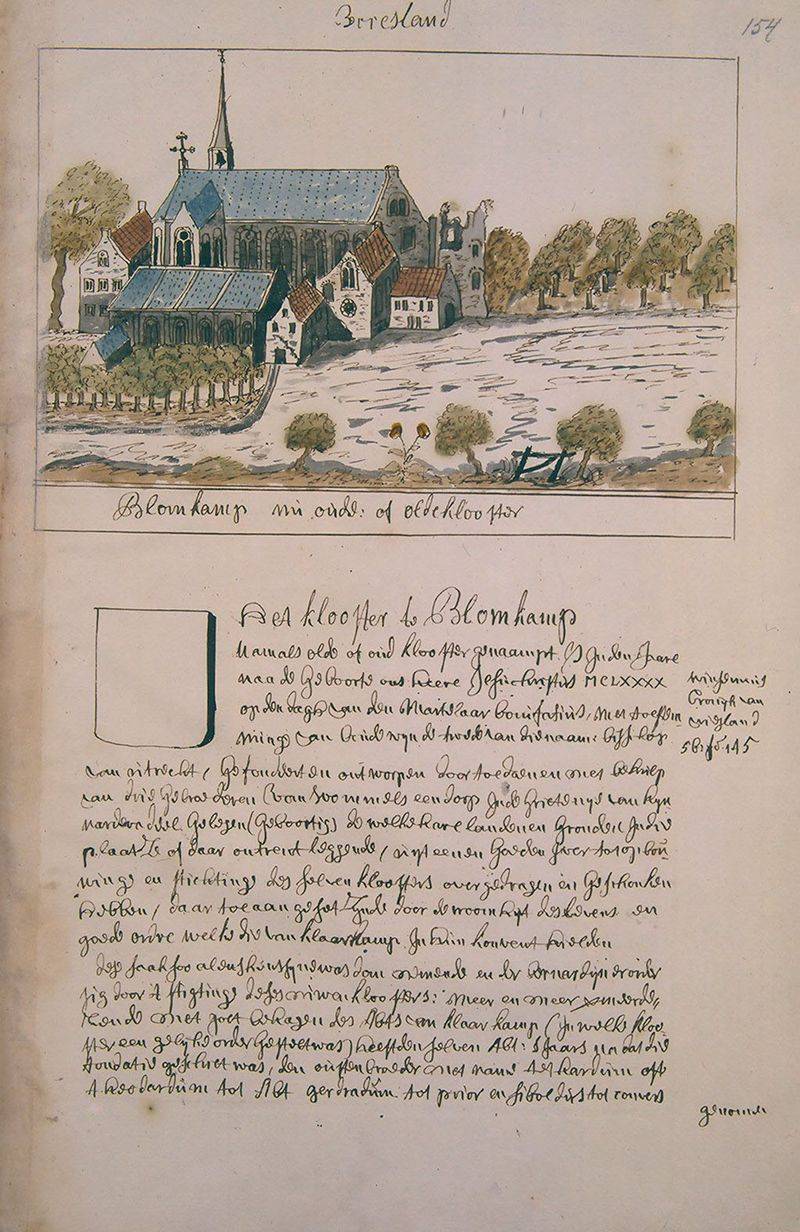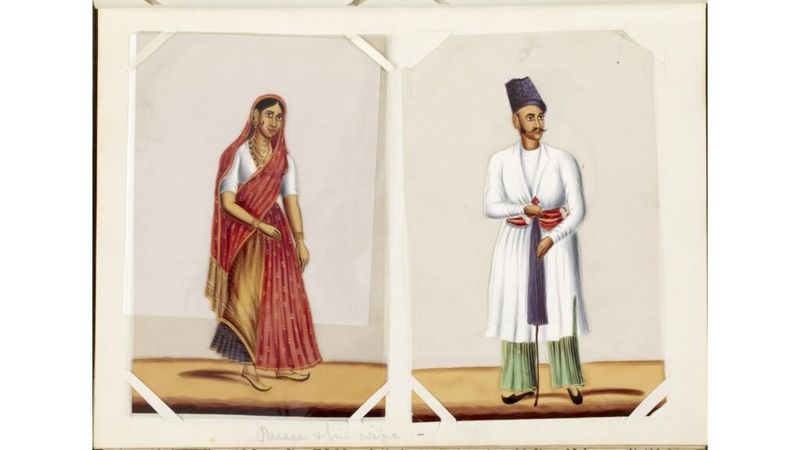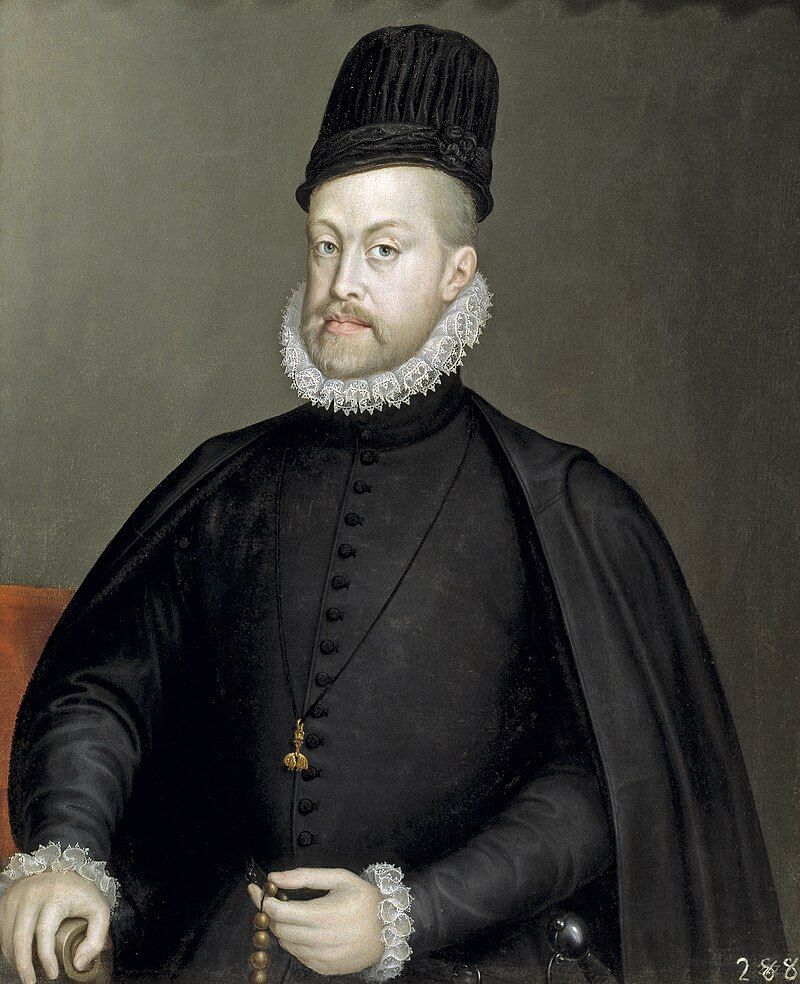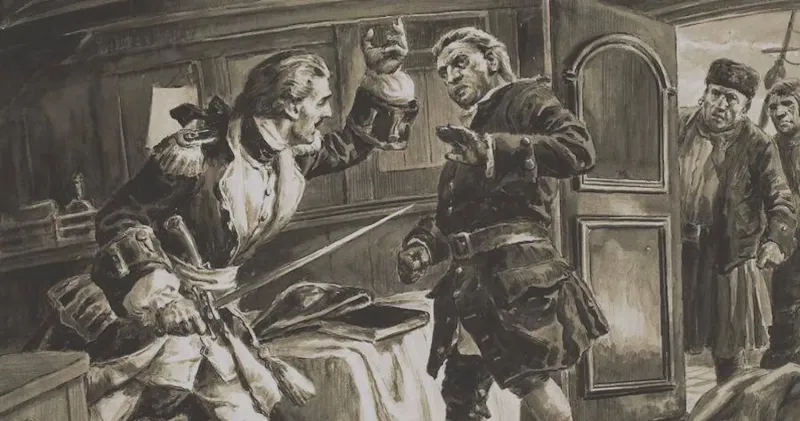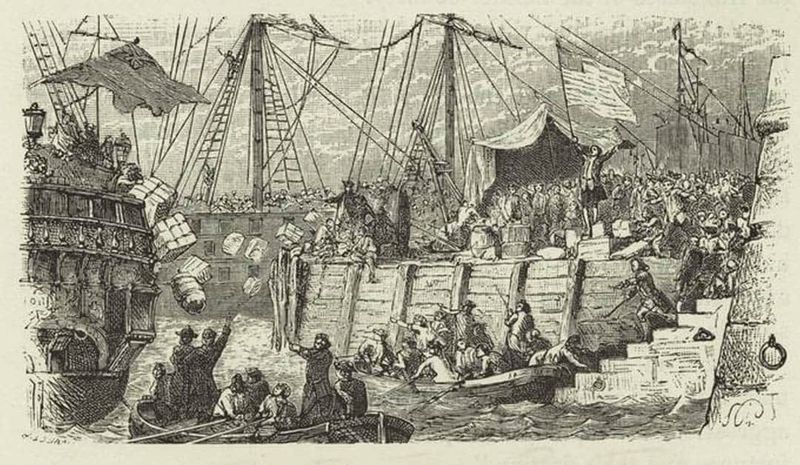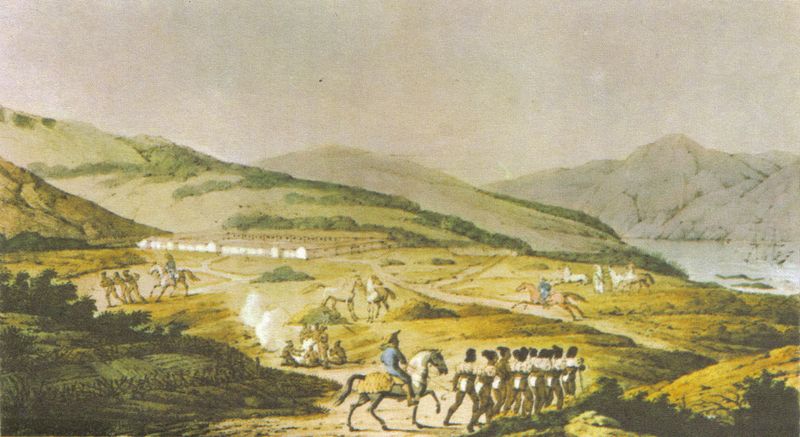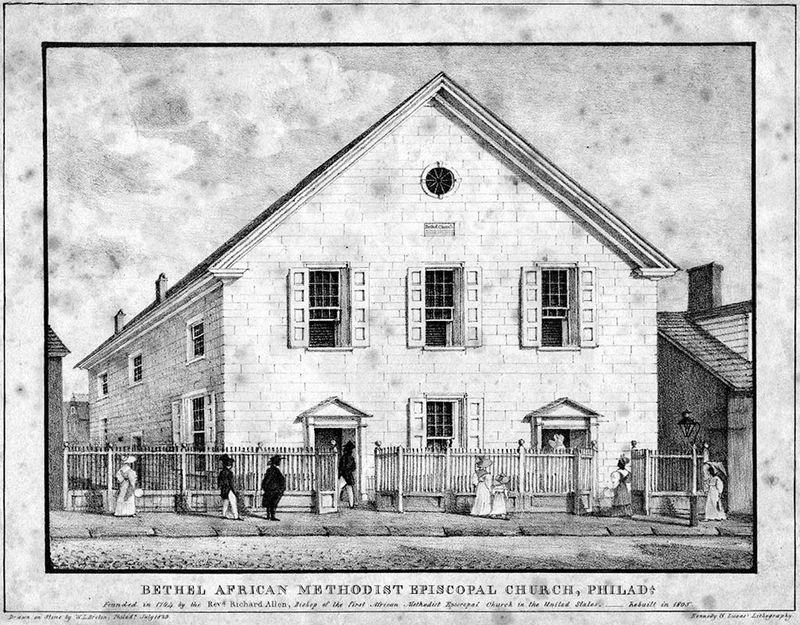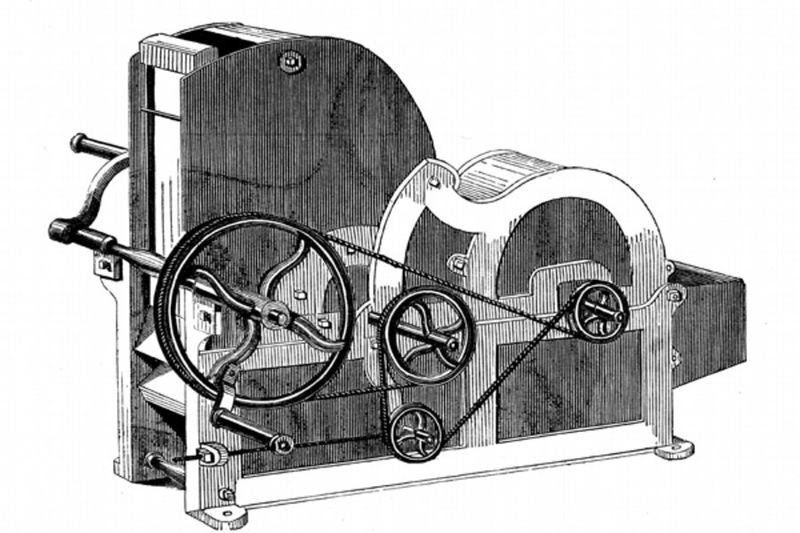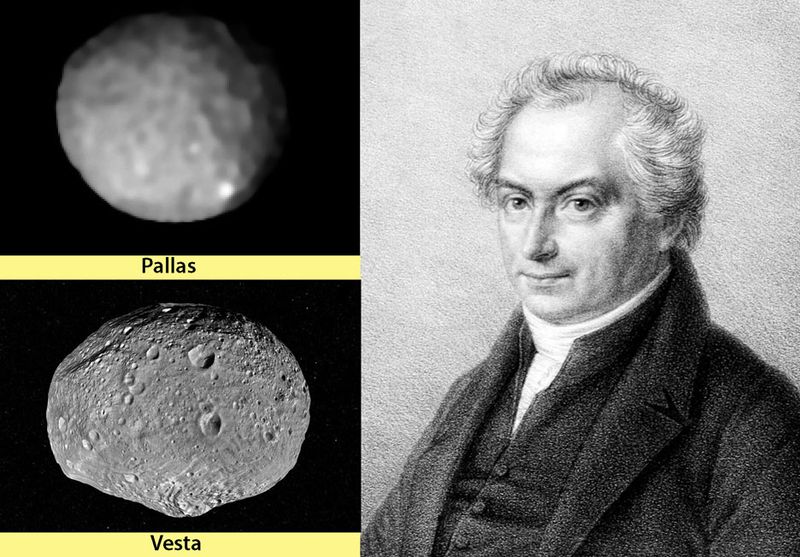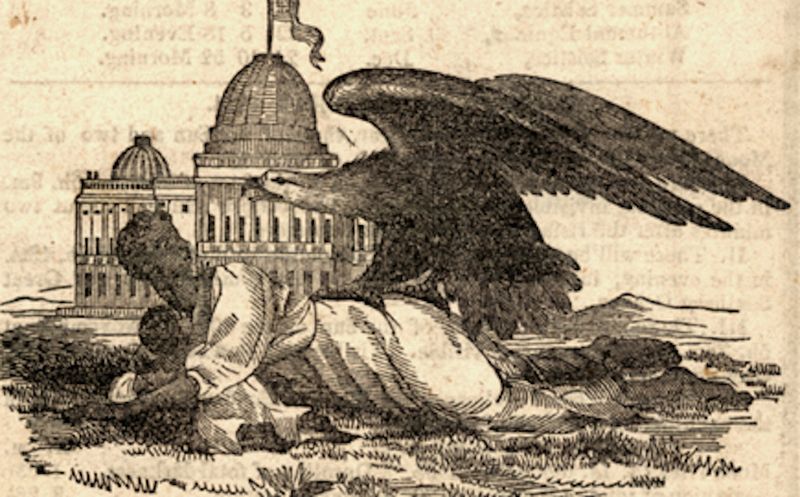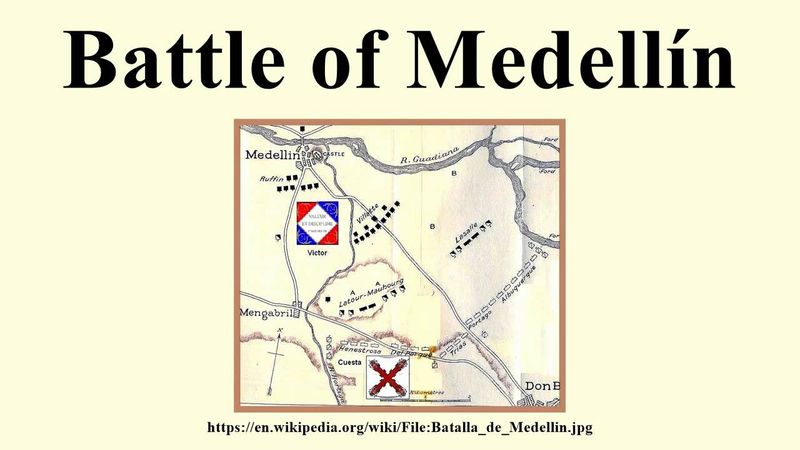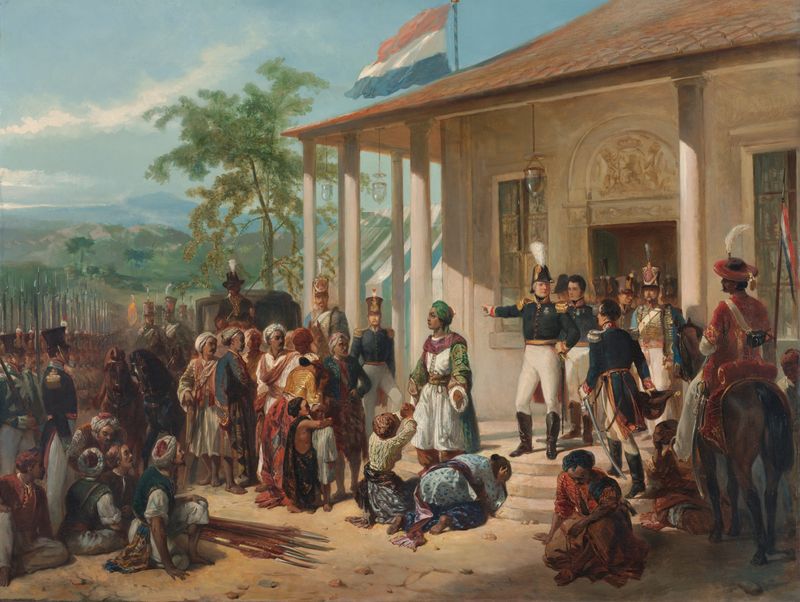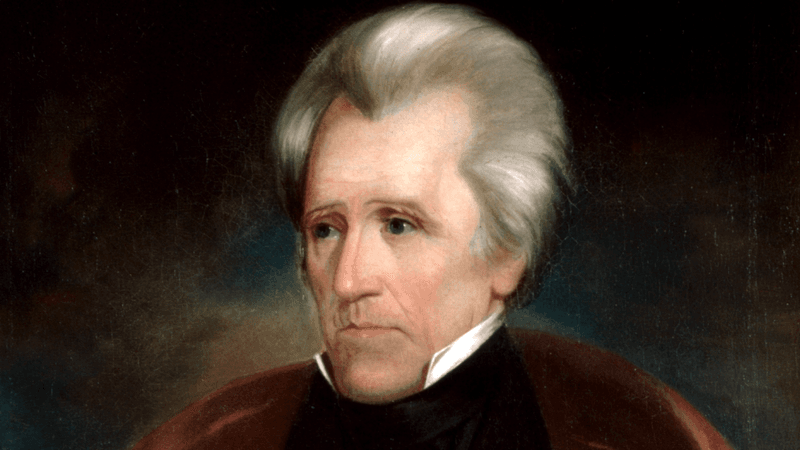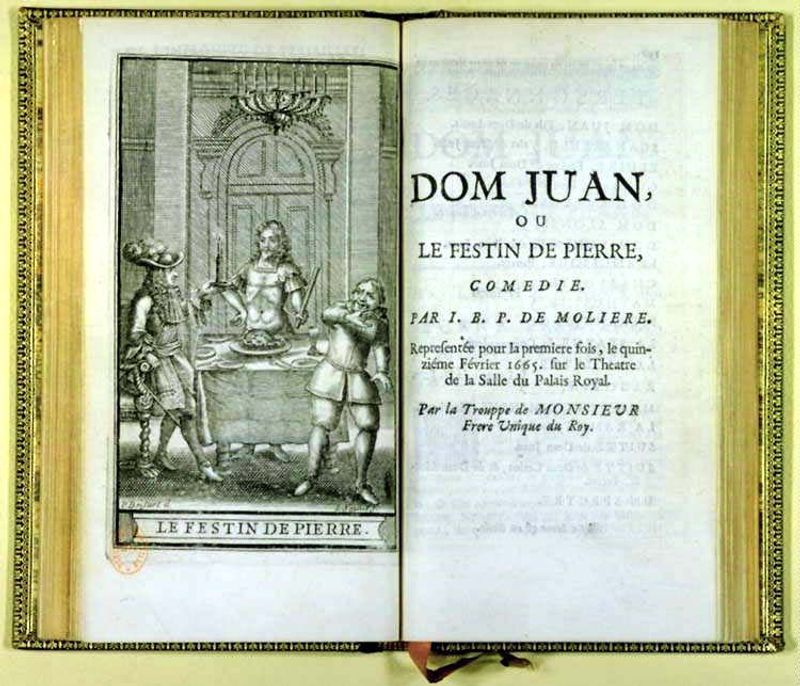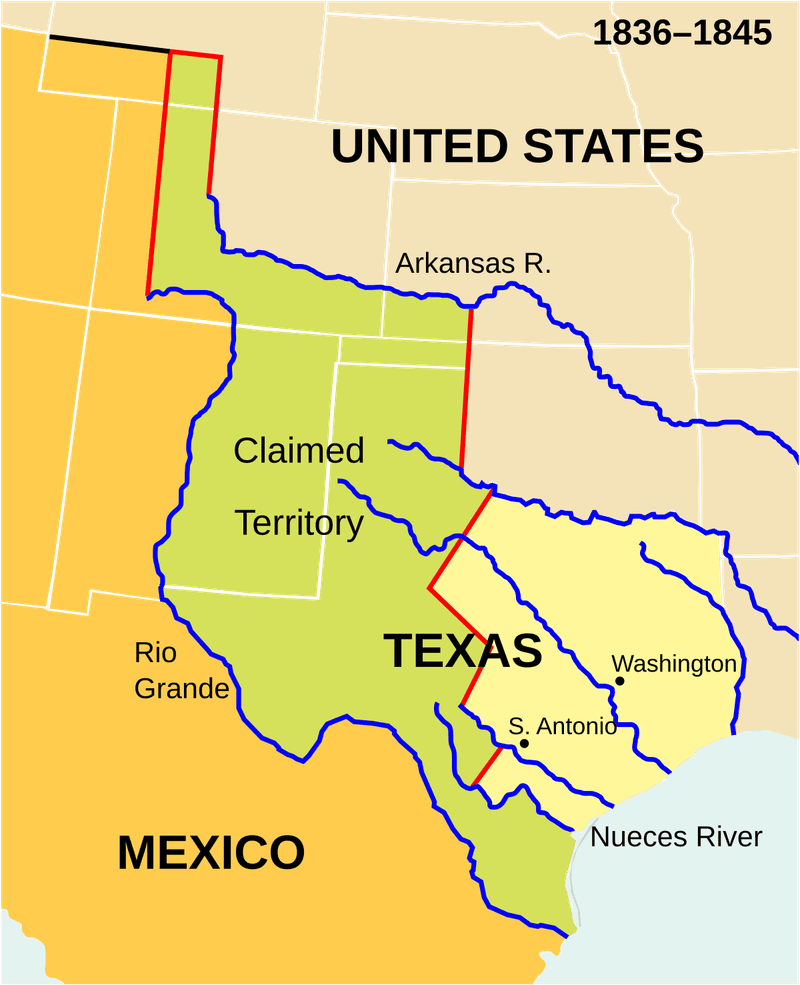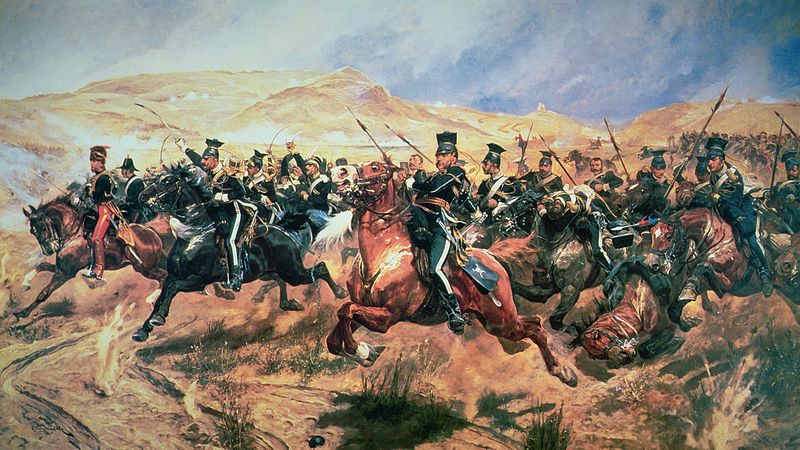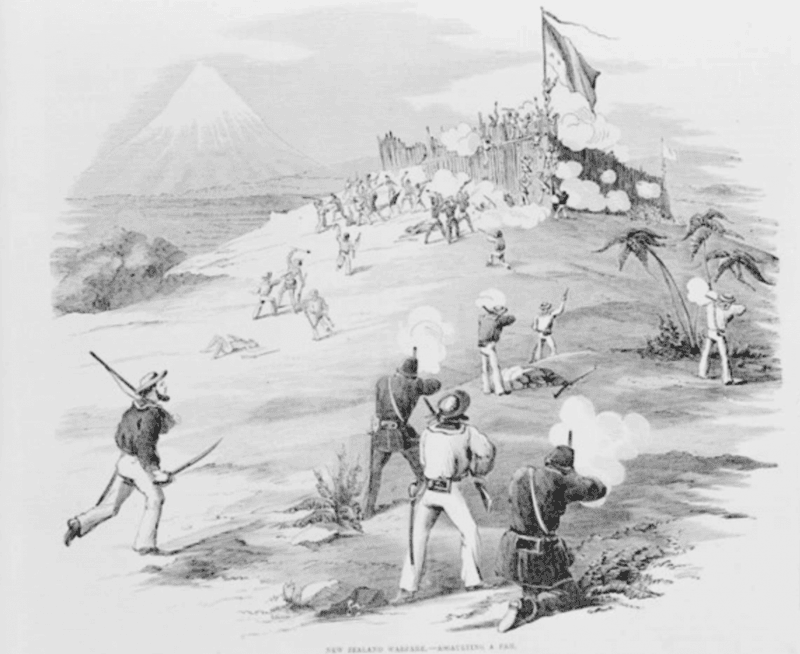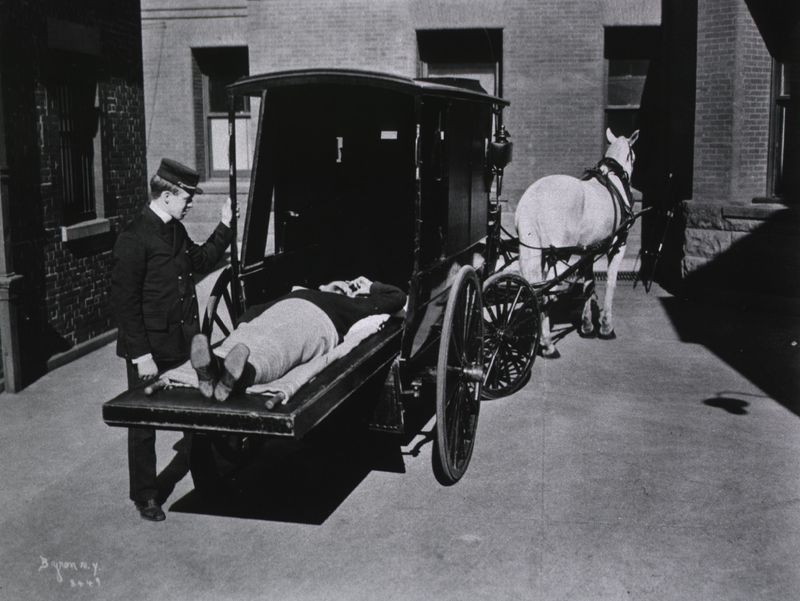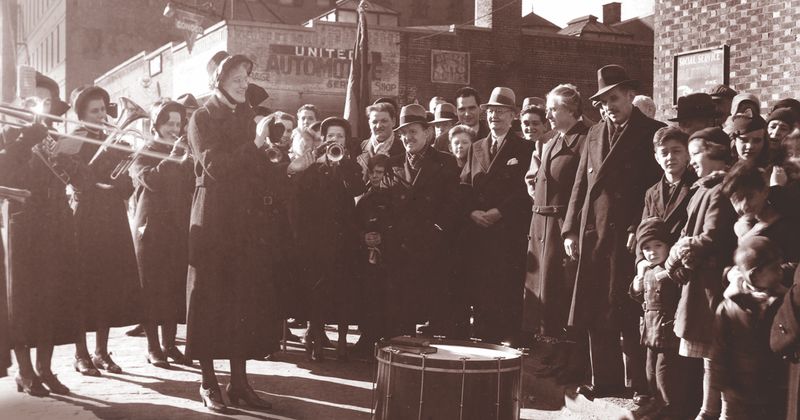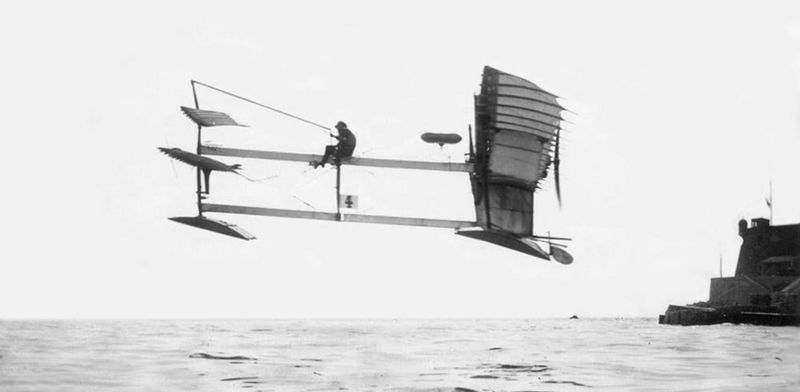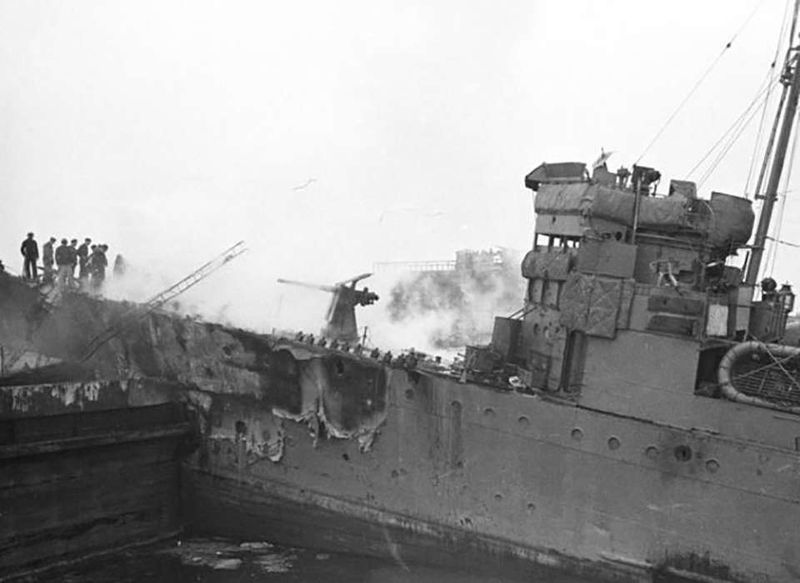March 28th is a day steeped in history, marked by significant events that have shaped cultures and nations.
From political upheavals to groundbreaking discoveries, this date offers a glimpse into the past, revealing how interconnected our world has always been.
Join us as we explore 30 pivotal moments that occurred on March 28th, each a testament to humanity’s enduring spirit and quest for progress.
1. 193 – Pertinax Assassinated; Throne Auctioned
On March 28, 193, Roman Emperor Pertinax was assassinated by disgruntled soldiers, leading to a chaotic auction of the imperial throne. The Praetorian Guard, responsible for protecting the emperor, turned against him due to unpaid promised bonuses.
This act of betrayal set a precedent, undermining the stability of the Roman Empire. The throne was auctioned to the highest bidder, Didius Julianus, for a hefty price. This event illustrated the growing corruption and instability within the once-mighty empire.
Pertinax’s assassination marked a pivotal moment in Roman history, highlighting the vulnerabilities of imperial power and the volatility of military loyalty.
2. 364 – Valentinian I Appoints Co‑Emperor Valens
In 364, Emperor Valentinian I appointed his brother Valens as co-emperor, aiming to strengthen the Roman Empire. This appointment was crucial in managing the vast territories, with Valentinian ruling the West and Valens the East.
The division was strategic, as it allowed for more focused governance and defense against external threats. However, it also highlighted the challenges of maintaining unity within the empire.
This dual rule was a significant development in Roman imperial history, setting a precedent for future co-emperorships. The appointment of Valens underscored the necessity of collaboration in maintaining the empire’s integrity.
3. 519 – Pope Hormisdas Ends the Acacian Schism
Pope Hormisdas played a critical role in ending the Acacian Schism on March 28, 519. This schism, a significant division within the Christian Church, lasted for 35 years, rooted in theological differences between the Eastern and Western churches.
Hormisdas’ diplomatic efforts and the Formula of Hormisdas, a document affirming papal authority, were instrumental in healing this divide. This reconciliation restored communion between Rome and Constantinople, strengthening the Church’s unity.
The resolution of the Acacian Schism marked a triumph of diplomacy and faith, reinforcing the importance of dialogue in resolving ecclesiastical disputes.
4. 1535 – Bloemkamp Abbey Destroyed in Friesland
In 1535, Bloemkamp Abbey, a significant religious institution in Friesland, was destroyed during the tumultuous period of the Reformation.
The abbey, known for its influence and wealth, became a target amid rising tensions between Protestant reformers and Catholic establishments. Its destruction symbolized the sweeping changes and religious conflicts that characterized the Reformation.
This event underscored the vulnerability of religious institutions in times of ideological upheaval. The fall of Bloemkamp Abbey highlighted the shifting power dynamics and the fervent push for reform within Europe, echoing the broader struggle for religious and political transformation.
5. 1556 – Fasli Era Begins in India
The Fasli Era, a calendar system introduced by Emperor Akbar, began in India on March 28, 1556. This era was designed to streamline agricultural taxation, aligning the fiscal year with the agricultural cycle.
Akbar’s innovative approach to governance sought to enhance administrative efficiency and economic stability. The Fasli calendar became particularly significant in regions like Bengal and the Deccan, where agriculture played a central role in daily life.
This introduction marked a shift towards more structured governance, illustrating the Mughal Empire’s adaptability and forward-thinking. The Fasli Era remains a testament to Akbar’s visionary leadership.
6. 1556 – Philip II Crowned King of Spain
Philip II was crowned King of Spain on March 28, 1556, following the abdication of his father, Charles V. His coronation marked the beginning of a reign characterized by expansion and consolidation of Spanish power.
Philip II’s rule saw the strengthening of Spain as a global empire, with territories in Europe, the Americas, and Asia. His leadership was pivotal in promoting Catholicism and countering Protestant influence during the Reformation.
Philip II’s reign was marked by both triumph and conflict, shaping the future of Spain for generations. His coronation represented a new era in Spanish history.
7. 1566 – La Valletta Foundation Stone Laid in Malta
The foundation stone for the city of La Valletta was laid in Malta on March 28, 1566. This event marked the beginning of a strategic and cultural hub, named after Grand Master Jean de Valette of the Order of St. John.
Designed to be a fortress city, La Valletta was built in response to the Great Siege of Malta, serving as a bulwark against future invasions. Its construction symbolized resilience and ingenuity, incorporating the latest in military architecture.
The city’s establishment was a testament to the Order’s determination and foresight in securing Malta’s future.
8. 1738 – British Parliament Urges Action Against Spain
On March 28, 1738, the British Parliament urged King George II to take action against Spain. Tensions between the two nations were high due to trade disputes and territorial confrontations in the Americas.
This pressure from Parliament highlighted the growing assertiveness of British lawmakers in foreign policy matters. The call for action was a precursor to the War of Jenkins’ Ear, a conflict that would see Britain asserting its naval power.
This event underscored the complex web of colonial interests and the competitive nature of European powers during the 18th century, shaping future diplomatic and military engagements.
9. 1774 – Britain Enacts the Coercive Act on Massachusetts
In 1774, Britain enacted the Coercive Act on Massachusetts, a series of punitive measures in response to the Boston Tea Party.
These acts, known as the Intolerable Acts in the colonies, aimed to reassert British control over the increasingly defiant American colonies. The legislation included closing Boston Harbor and revoking the Massachusetts Charter.
This heavy-handed approach galvanized colonial resistance, leading to greater unity among the colonies. The Coercive Act was a catalyst for the American Revolution, highlighting the growing rift between Britain and its American territories. It underscored the perils of oppressive governance.
10. 1776 – Anza Establishes the Presidio of San Francisco
On March 28, 1776, Juan Bautista de Anza established the Presidio of San Francisco, marking a significant expansion of Spanish influence in California.
This military outpost was part of Spain’s strategy to secure its northern territories against foreign encroachments. The Presidio served as a pivotal center for trade, military operations, and cultural exchange.
Its establishment was crucial for the protection of nearby missions and settlements. This event highlighted Spain’s commitment to colonizing and developing the region, laying the groundwork for San Francisco’s growth and the broader history of California.
11. 1794 – Louvre Opens to the Public
The Louvre Museum in Paris opened its doors to the public on March 28, 1794, becoming a symbol of cultural enlightenment.
Originally a royal palace, it was transformed into a public museum during the French Revolution, showcasing the nation’s art and heritage.
The Louvre’s opening marked a democratization of art, allowing citizens from all walks of life access to cultural treasures. This shift reflected broader revolutionary ideals of equality and education.
The Louvre’s establishment as a museum underscored the importance of preserving and sharing cultural heritage, setting a precedent for museums worldwide.
12. 1795 – Duchy of Courland Ceases to Exist
In 1795, the Duchy of Courland ceased to exist as an independent entity, becoming part of the Russian Empire. This change was part of the broader partitions of Poland, which significantly altered the political landscape of Eastern Europe.
The duchy’s absorption marked the end of its historical autonomy, which had been maintained through strategic alliances and trade. This event illustrated the shifting power dynamics of the era, as larger empires expanded their territories.
Courland’s annexation highlighted the challenges faced by smaller states in maintaining sovereignty amidst the ambitions of powerful neighbors.
13. 1796 – Founding of Bethel AME Church in Philadelphia
The Bethel African Methodist Episcopal (AME) Church was founded in Philadelphia on March 28, 1796, marking a significant milestone in African American religious history.
Led by Richard Allen, the church provided a spiritual and social haven for African Americans facing discrimination. Its establishment was a bold statement against racial injustice, advocating for equality within the religious community.
Bethel AME became a center for social activism, education, and community support. This founding highlighted the resilience and determination of African Americans in their pursuit of spiritual autonomy and civil rights, laying the groundwork for future generations.
14. 1797 – Washing Machine Patented by Nathaniel Briggs
On March 28, 1797, Nathaniel Briggs received a patent for the first washing machine, revolutionizing household laundry. This invention marked a departure from labor-intensive methods, introducing a more efficient and mechanized process.
Briggs’ design incorporated a hand-cranked mechanism, dramatically reducing the time and effort required for washing clothes. This development was part of a broader trend towards mechanization in everyday life during the Industrial Revolution.
The patent for the washing machine exemplified the spirit of innovation and progress, setting the stage for future advancements in domestic technology that continue to evolve today.
15. 1802 – Asteroid 2 Pallas Discovered by Olbers
Asteroid 2 Pallas was discovered by German astronomer Heinrich Wilhelm Olbers on March 28, 1802. This discovery was significant as Pallas was only the second asteroid to be identified, following Ceres.
Olbers’ find added to the burgeoning field of astronomy, highlighting the complexities of our solar system. Pallas, notable for its size and reflective surface, spurred further interest in asteroid studies.
This event underscored the importance of astronomical observation in expanding our understanding of the universe. Olbers’ work with Pallas paved the way for future discoveries, inspiring generations of astronomers worldwide.
16. 1804 – Ohio Enacts Law Restricting Black Movement
On March 28, 1804, Ohio enacted a law restricting the movement of Black people, part of a series of Black Codes implemented in the United States. These laws aimed to limit the freedoms of African Americans, reflecting the racial prejudices of the time.
Ohio’s legislation required Black residents to register and post bonds, severely constraining their rights. This legal framework was indicative of the systemic discrimination faced by African Americans, even in free states.
The enactment of such laws highlighted the pervasive barriers to equality and freedom, challenges that would persist through the Civil War and beyond.
17. 1809 – Battle of Medellín in the Peninsular War
The Battle of Medellín was fought on March 28, 1809, during the Peninsular War, a conflict between Napoleonic France and the allied forces of Spain, Britain, and Portugal.
This battle saw a decisive French victory under Marshal Victor, overcoming the Spanish army led by General Cuesta. The French tactics and superior artillery were key to their success, inflicting heavy casualties on the Spanish.
Medellín was a pivotal moment in the Peninsular War, demonstrating the challenges faced by the Spanish in resisting French occupation. This battle underscored the broader struggle for control and influence in Iberia during the Napoleonic Wars.
18. 1830 – Prince Diponegoro Arrested by Dutch Authorities
On March 28, 1830, Prince Diponegoro was arrested by Dutch authorities, marking a critical turning point in the Java War. Diponegoro, a key leader in the resistance against Dutch colonial rule, had mobilized a significant uprising in Java.
His arrest was a result of strategic negotiations that turned into a trap, ending his leadership and weakening the resistance. Diponegoro’s capture symbolized the broader struggle against colonial domination in Indonesia.
His legacy endured, inspiring future generations in the fight for independence. The arrest underscored the complexities and challenges of colonial resistance in Southeast Asia.
19. 1834 – US Senate Censures President Andrew Jackson
In 1834, the US Senate censured President Andrew Jackson, a rare rebuke reflecting the intense political divisions of his administration. The censure was a result of Jackson’s controversial actions in dismantling the Second Bank of the United States.
His opponents viewed this as an abuse of executive power, leading to a formal reprimand by the Senate. This event highlighted the fierce debates over federal authority and economic policy that characterized Jackson’s presidency.
The censure of Jackson was a significant episode in American political history, illustrating the contentious nature of his leadership and the challenges of balancing power in government.
20. 1844 – Don Juan Tenorio Premieres in Madrid
The play ‘Don Juan Tenorio’ premiered in Madrid on March 28, 1844, becoming one of the most enduring pieces of Spanish theatre.
Written by José Zorrilla, the play reimagined the legendary character of Don Juan, blending romance, drama, and moral redemption. Its premiere captivated audiences with its compelling narrative and vibrant characters.
‘Don Juan Tenorio’ became a staple of Spanish cultural tradition, often performed during the Day of the Dead celebrations.
This premiere marked a significant contribution to Spanish literature and drama, showcasing the timeless appeal of its themes and characters that resonate with audiences even today.
21. 1845 – Mexico Drops Diplomatic Ties with the US
In 1845, Mexico severed diplomatic relations with the United States, a decision influenced by tensions over Texas. The US annexation of Texas, which Mexico still considered its territory, was a major provocation.
This move exacerbated already strained relations, setting the stage for the Mexican-American War. The break in diplomatic ties highlighted the challenges of territorial disputes and national sovereignty.
Mexico’s decision underscored the broader geopolitical tensions that defined North American relations in the 19th century. This severance was a prelude to conflict, reflecting the deep-seated issues that would soon escalate into war.
22. 1854 – Britain & France Declare War on Russia
On March 28, 1854, Britain and France declared war on Russia, signaling the start of the Crimean War. This conflict was rooted in the desire to check Russian expansion and protect Ottoman territories.
It involved complex alliances and was marked by significant battles like Balaclava and Sevastopol. The war highlighted the strategic importance of the Black Sea region and the shifting power dynamics in Europe.
It also underscored the technological advancements in warfare, such as the use of railways and telegraphs. The declaration of war by Britain and France was a pivotal moment in 19th-century European history, shaping future diplomatic relations.
23. 1859 – Brahms’ Serenade No. 1 Makes Its Debut
Johannes Brahms’ Serenade No. 1 premiered on March 28, 1859, marking a significant milestone in his early career. This orchestral work showcased Brahms’s evolving style, blending classical influences with romantic expression.
The serenade was well-received for its rich textures and engaging melodies, capturing the attention of audiences and critics alike. Its debut was a testament to Brahms’ growing reputation as a composer of note.
Serenade No. 1 highlighted his ability to balance tradition with innovation, paving the way for his future symphonic works. The premiere was a defining moment in Brahms’ musical journey.
24. 1860 – Battle of Waireka Begins in New Zealand
The Battle of Waireka began on March 28, 1860, during the First Taranaki War in New Zealand. This conflict arose from disputes over land ownership and sovereignty between colonial settlers and the Maori.
The battle, fought near New Plymouth, saw colonial forces and local militia engaging with Maori warriors. Despite initial setbacks, the colonial forces achieved a tactical victory, bolstering their position.
The Battle of Waireka highlighted the complexities of colonial expansion and the resistance from indigenous populations. It underscored the broader themes of conflict and negotiation in New Zealand’s colonial history, shaping future relations between settlers and the Maori.
25. 1866 – First Ambulance Enters Service
In 1866, the first ambulance service began operation, revolutionizing emergency medical response. This horse-drawn vehicle was introduced in Cincinnati, Ohio, designed to transport the sick and injured swiftly to hospitals.
The service represented a significant advancement in medical care, emphasizing the importance of rapid response in saving lives.
The introduction of the ambulance marked a shift towards organized emergency services, laying the foundation for modern paramedics.
This innovation underscored the ongoing evolution of healthcare, highlighting the critical role of transportation in medical treatment. The first ambulance service set a precedent in emergency medical care.
26. 1881 – “Greatest Show On Earth” Formed by Barnum & Bailey
In 1881, P.T. Barnum and James A. Bailey formed the “Greatest Show On Earth,” a circus that would become legendary worldwide.
This collaboration brought together remarkable acts, innovative performances, and exotic animals, captivating audiences of all ages. The spectacle set new standards for entertainment, combining theatrical flair with diverse attractions.
Barnum & Bailey’s circus became synonymous with the grandeur and wonder of the circus experience. Their partnership revolutionized the industry, influencing future generations of performers and entertainers.
The formation of the “Greatest Show On Earth” marked a pivotal moment in the history of popular entertainment.
27. 1885 – US Salvation Army Officially Organized
The Salvation Army was officially organized in the United States on March 28, 1885, establishing its mission of social and spiritual outreach. Rooted in Christian principles, the organization aimed to provide aid to the needy, offering food, shelter, and support.
Its official establishment marked the beginning of a significant social movement, dedicated to improving the lives of marginalized communities.
The Salvation Army’s holistic approach to care emphasized dignity and compassion, setting an example for other charitable organizations. Its founding was a testament to the power of organized charity, addressing social issues through faith-driven initiatives.
28. 1896 – Andrea Chenier Opera Premieres at La Scala
The opera ‘Andrea Chenier’ premiered at La Scala in Milan on March 28, 1896. Composed by Umberto Giordano, the opera is set during the French Revolution, focusing on the life and trials of the poet André Chénier.
Its powerful arias and dramatic narrative captivated audiences, establishing Giordano’s reputation in the world of opera. The premiere was a significant cultural event, celebrated for its emotional depth and musical sophistication.
‘Andrea Chenier’ became a staple of the operatic repertoire, renowned for its portrayal of passion and idealism. This debut marked a milestone in Giordano’s career and opera history.
29. 1910 – First Seaplane Flight by Henri Fabre
Henri Fabre achieved a groundbreaking feat on March 28, 1910, by piloting the first successful seaplane flight. This historic event took place over the Étang de Berre near Marseilles, marking a new chapter in aviation history.
Fabre’s innovative aircraft, the Hydravion, demonstrated the potential for planes to take off and land on water. This achievement opened new possibilities for aviation, particularly in regions with limited land infrastructure.
Fabre’s flight was a testament to human ingenuity and the relentless pursuit of exploration. It paved the way for future advancements in seaplane technology, influencing the development of amphibious aircraft worldwide.
30. 1942 – St. Nazaire Raid: HMS Campbeltown Self‑Destructs
The St. Nazaire Raid, a daring World War II operation, occurred on March 28, 1942. British commandos targeted the heavily fortified dry dock at St. Nazaire, France. Central to the mission was the HMS Campbeltown, modified to look like a German ship.
The ship was packed with explosives and rammed into the dock gates, detonating hours later. This surprise attack significantly disrupted German naval operations.
The raid demonstrated the courage and ingenuity of Allied forces, achieving its objective against overwhelming odds. The St. Nazaire Raid remains one of the most celebrated commando missions of the war.
